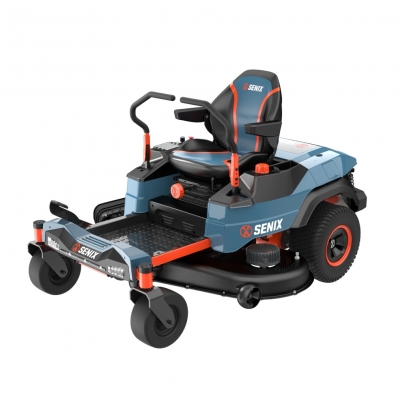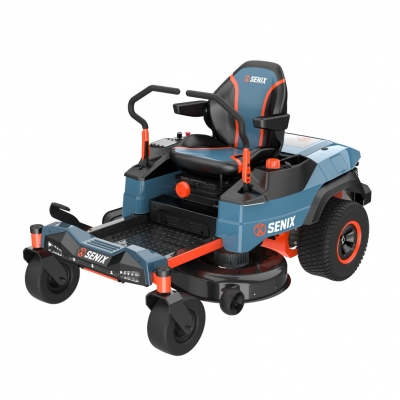Tips to Safely Use a Rotary Hammer
Tackling tough drilling or chiseling jobs at home often calls for more than just a regular drill. A rotary hammer is the ideal power tool for breaking through concrete, masonry, and stone. Its combination of hammering action and rotation makes heavy-duty tasks more manageable. However, the power and speed of a rotary hammer demand careful handling. Safety should always be a priority to prevent accidents and ensure a smooth workflow.
This article explores practical safety tips and techniques for using a rotary hammer effectively in your DIY projects. Whether you're installing anchors, breaking up old concrete, or drilling through brick walls, mastering safety protocols will boost your confidence and protect both you and your workspace.
Understanding the Rotary Hammer
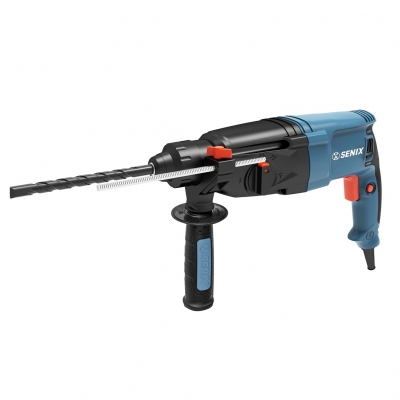
A rotary hammer is distinct from a traditional drill due to its hammering mechanism, which delivers rapid, forceful impacts while simultaneously rotating the drill bit. This dual action makes it invaluable for drilling into hard materials that would otherwise be challenging or impossible with a standard drill. There are different modes on most rotary hammers—rotation only, hammering only (for chiseling), or both combined.
Key Safety Tips for Using a Rotary Hammer
Wear Proper Personal Protective Equipment (PPE)
Eye protection is essential as debris and dust fly off during drilling. Use safety goggles or a full-face shield. Hearing protection is also important because rotary hammers can produce noise levels above safe thresholds. Wear gloves with a good grip to prevent slipping and protect your hands from vibration. Consider a dust mask or respirator when working in dusty environments to protect your lungs.Inspect the Tool and Accessories Before Use
Check the rotary hammer for any visible damage, loose parts, or frayed cords. Use only compatible bits designed for rotary hammers and inspect them for wear or cracks. A dull or damaged bit can increase the risk of accidents or damage the work surface.Secure Your Work Area
Clear the surrounding area of obstacles and ensure adequate lighting. If drilling overhead or in tight spaces, be extra cautious of falling debris. Use clamps or supports to stabilize the workpiece if applicable.Use Both Hands and Maintain a Stable Stance
Most rotary hammers come with a side handle designed to improve control and reduce fatigue. Hold the tool firmly with both hands and position your feet shoulder-width apart to maintain balance. Avoid awkward angles that can lead to slips or loss of control.Start Slowly and Let the Tool Do the Work
Begin drilling at a slow speed to guide the bit into the material. Do not force the tool; applying excessive pressure can cause the bit to bind or break, increasing the risk of injury. The rotary hammer's hammering action is designed to do most of the work.Avoid Hidden Hazards
Before drilling into walls or floors, check for hidden electrical wiring, plumbing pipes, or gas lines. Use a stud finder or other detection tools to locate hazards. Accidentally drilling into utilities can cause serious injury or property damage.Take Breaks to Reduce Fatigue and Vibration Exposure
Prolonged use of rotary hammers can lead to hand-arm vibration syndrome (HAVS) or muscle strain. Take regular breaks to rest your hands and arms. Use anti-vibration gloves if possible.Disconnect Power When Changing Bits or Not in Use
Always unplug the rotary hammer or remove the battery pack before changing drill bits or making adjustments. This prevents accidental starts and injuries.Follow Manufacturer's Instructions
Read and understand the user manual thoroughly. Each rotary hammer model may have unique features, safety warnings, and maintenance tips.
Additional Tips for Efficient and Safe Use
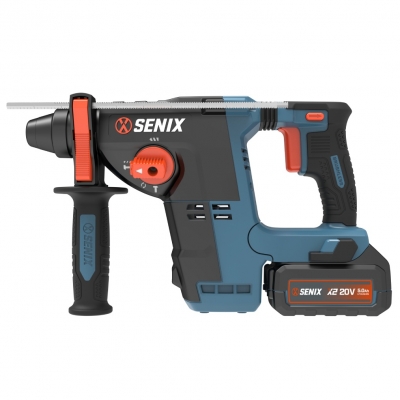
Use the correct mode for the task: hammer drilling for concrete, rotation only for wood or metal, and chiseling mode for demolition.
Keep the ventilation in your workspace good to avoid dust accumulation.
Store the tool safely after use, keeping it dry and out of reach of children.
A rotary hammer is a powerful ally for serious DIYers, making challenging tasks simpler and faster. Yet, its power calls for respect and caution. Following the safety guidelines above minimizes risks and protects your health, allowing you to complete projects with confidence. Proper preparation, attention to detail, and wearing the right protective gear are all essential steps toward safe and successful use of a rotary hammer.


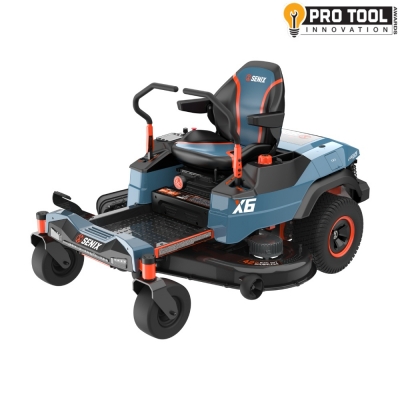
 (5.0)
(5.0)